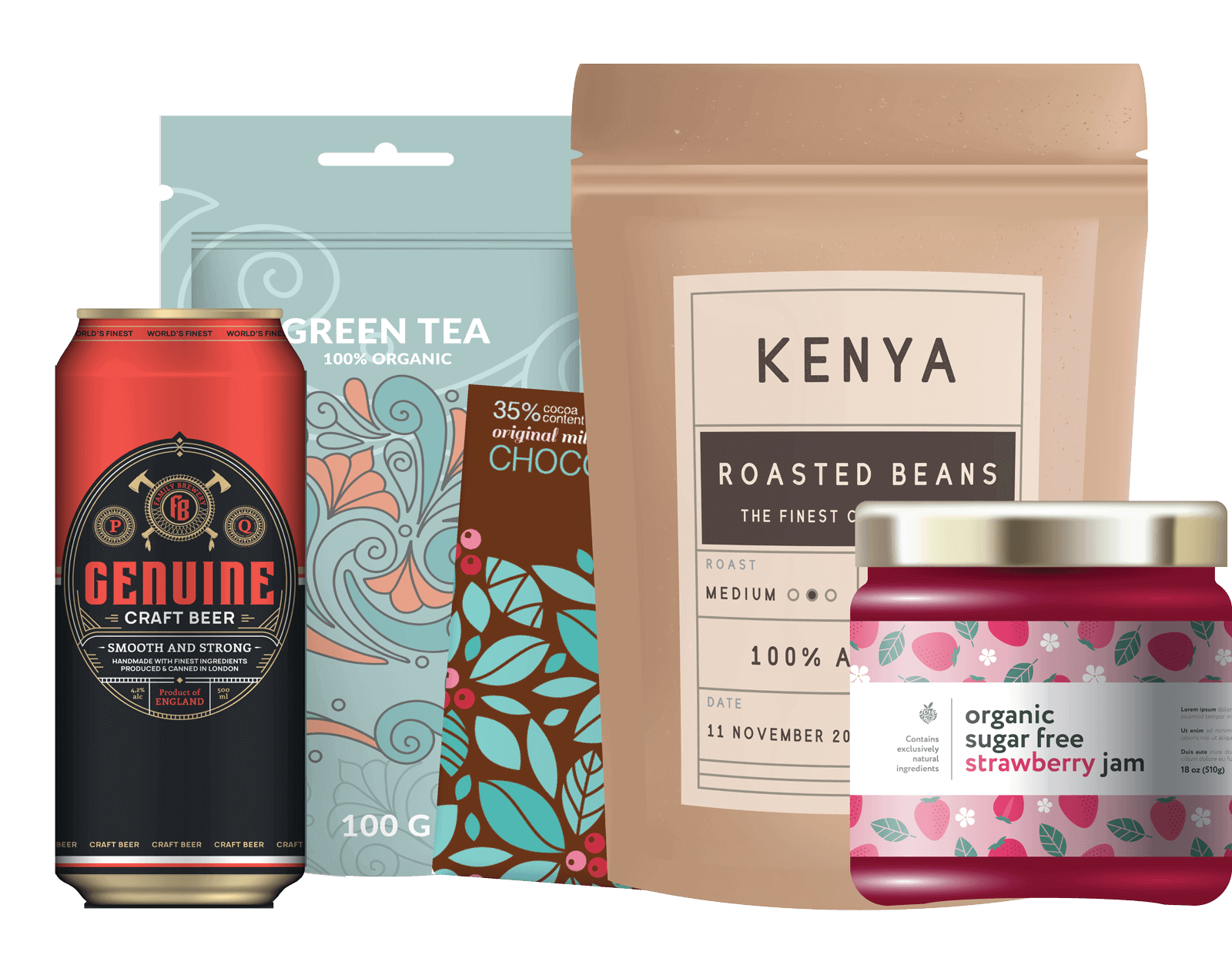It’s no surprise that so many companies are going green, and chances are, your’s isn’t any different. Perhaps you’ve already gone green in your pharmaceutical packaging by using recycled materials. But did you know that you can go green with your product packaging designs? Why nor consider the eco-friendly advantages of silk screening?
Going Green with Silk Screening
A silk screening primer
Silk screening is one of the most popular forms of product decorating effects. A screen is created from your camera-ready artwork. This uses a photographic technique to transfer the image, burning it on to a photo-sensitive screen mesh. Each color is applied in a separate pass.
In its simplest form, silk screening is a stencil process. The design is placed on a screen of a type of wire mesh or silk. The unfilled or blank sections are covered with a blocking material. The ink is then forced through the wire mesh on the printing surface such as your pharmaceutical bottles and tubes. Silk screening is a high-speed production that offers multi-color capabilities.
For your tubes and closures, silk screening works well on:
- aluminum
- PET
- HDPE
- LDPE
- polypropylene
- urea
- phenolic
- tinplate
- vacuum-metalized caps
Going green with silk screening
The main components of silk screening are the chemicals in the ink, solvents, and cleaning agents — and their potential use and waste in silk printing. There is also the clean up process that is involved using these toxic chemicals that end up going down drains and into the environment and the atmosphere.
The ink
There are two mediums that are most commonly used in this printing process: solvent-based and water-based. Water-based ink sounds eco-friendly and a number of companies tout these inks in their marketing.
As a silk printing chemical, water-based inks are theoretically better for the environment. They contain less oil-based chemicals and are less harmful to habitats. However, they are watery and as such, they have to be washed off the screen and into a drainage sink. Even if a closed loop recovery method is used, some drainage is inevitable. Along with this, there is more waste.
Solvent-based inks come with their own share of problems. They contain endocrine disruptors in the form of phthalates and volatile organic compounds, or VOCs. These are harmful if released into the environment in their wet form. A way to get away from this is to use 100 percent phthalate-free ink. This form of plastisol ink can be scooped back into its container and reuse it over and over, making this environmentally friendly. There is no waste. So if you plan on taking this avenue, you should make sure that your print supplier reclaims unused ink from the screen rather than enable it to enter water sources.
Many printers are now using soy, pine, and citrus-based inks and chemicals and these have proven to be eco-friendly and sustainable. Other inks to look for are those that are PVC, phthalate, lead, and heavy metal-free as well as those that do not contain the ozone-damaging VOCs chloroflurocarbons (CFCs), hydrochloroflurocarbons (HCFCs), aromatic hydrocarbons, or any other volatile solvents. If you want to go green, it is worth your consideration to investigate these for your product designs by talking with packaging experts.
Reusable screens
In addition to inks, another eco-friendly practice for your print supplier is that of reducing waste by keeping a sizable inventory of silk screens.This enables them to re-print your product orders. These green screens are reclaimed using safe, biodegradable solvents that remove the old emulsion and prepare the screen for the next round of your artwork.
Non-toxic cleaners and safe solvents
Another way to attain an eco-friendly program for decorating your product containers is to go with a print supplier who uses biodegradable non-toxic cleaners and safe solvents. A number of printers who have turned to green methods of silk printing are now using a sustainable reclaiming process that is not only 100 percent biodegradable, but uses materials like corn or soybeans. This reclamation process utilizes heavily diluted acid remover along with a biodegradable degreasing agent, both of which meet strict environmental safety codes. There are no toxic chemicals going down the drain or damaging the ozone layer by entering the atmosphere, and is yet another way to realize sustainability.
If it is your intention to go green with your product packaging design printing, silk screening is a viable alternative. And with many printers recognizing the importance of using green, sustainable alternatives in their printing methods, you can easily achieve your own eco-friendly initiatives. This can go a long way to helping you build your brand as well as the all-important act of saving the environment.
Learn more about eco-friendly silk screening for your product packaging
Choosing eco-friendly silk screening for your products can be difficult and vital to your branding. MJS Packaging offers the best customer service and lowest prices for your pharmaceutical product packaging. We have exclusive access to manufacturers from all around the world. so we can advise you on the best bottles, closures, caps and other packaging needs you require.




